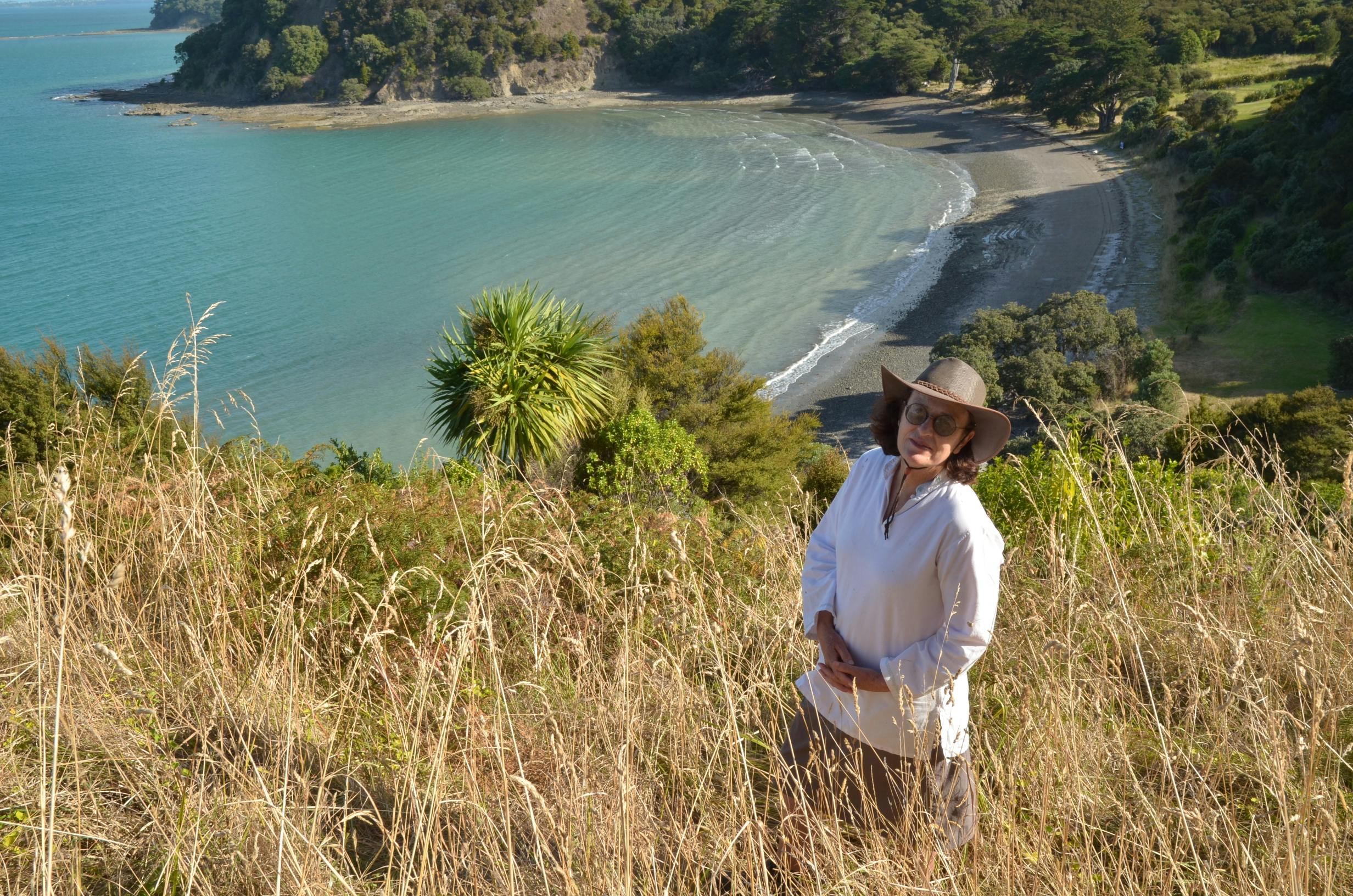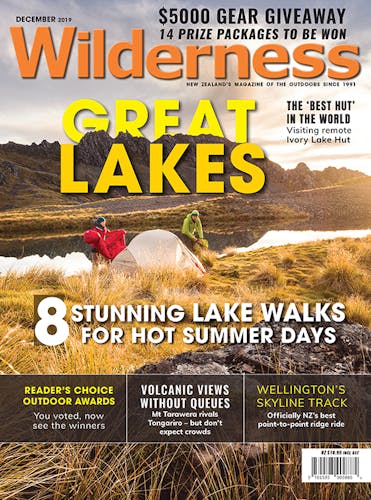How did your interest in birds develop?
I’ve just always liked birds. It’s a fabulous thing bird watching – you get to have a nice walk in beautiful parts of New Zealand, in the wilderness, in the bush, on beaches, along river banks, so it’s not just about the birds. It’s about getting out into New Zealand’s stunning natural environment with a purpose. It adds a layer of interest. You’re still enjoying the walk, but you’re also looking at birds, identifying bird calls, trying to see them.
In your book, you highlight 50 best bird-watching spots. What were your criteria?
A lot of them are obvious. Obviously, you’d choose Tiritiri Matangi, Tawharanui and Zealandia. Then there was a mixture of forest birds, swamp birds, estuarine birds, sea birds and shorebirds. I was conscious of mixing it up so it’s not just native bush birds because they are completely different species in all the different habitats.
I also wanted a good geographical spread so that it’s appropriate for all of New Zealand.
Were there any sites that should have been included, but that you left out?
There are some very good bird watching sites that I didn’t put in the book because I didn’t want people randomly going there with their dogs and disturbing things like yellow-eyed penguins and taking selfies in front of them. There are some that are best kept a little bit secret to protect the birds.
What impact have island sanctuaries had on birdwatching?
They‘re fabulous. There’s a whole stack of them and there’s more coming. Hopefully, there will be enough close enough together that the birds can go between them.
What do you make of the Predator-free 2050 goal?
It is something wonderful, something aspirational. There’s a burgeoning awareness of predation from introduced predators and how damaging they are to not just the birds but to the forest. I’m not sure we will achieve it but a lot of fantastic work is being done all around New Zealand with trapping, particularly in Taranaki and the Wellington area.
And if we don’t achieve it, whatever. We’ll get halfway there. It’s already making a huge difference.
Is there a golden rule to ensure you see more birds on your walk?
Be alert to birdsong. Some birds are very hard to see, especially in the forest because they are really high up in the canopy. So you can hear them but sometimes you can’t see them. But that’s alright – it’s nice to know they are there.
What do you think the general state of native birds is now?
I’m very optimistic about the forest birds with all these predator-free mainland islands and offshore islands. Those species are increasing in numbers – well, a lot of them are in these places. Where I worry is the seabirds. There is so much going on at sea and many of our seabirds – the shearwaters and albatrosses – nest in New Zealand and then they might go up to the northern hemisphere for six months or around the southern ocean.
And often they are coming back starving or full of plastic bags.
What’s your favourite bird?
I have got to say I’m pretty fond of the fantail. It’s just so cute and gorgeous. Of the seabirds, there’s nothing quite as majestic as watching a gannet plummet into the ocean.
Buy Liz’s book The 50 best birdwatching sites in New Zealand here. Subscribers get a 10% discount.








